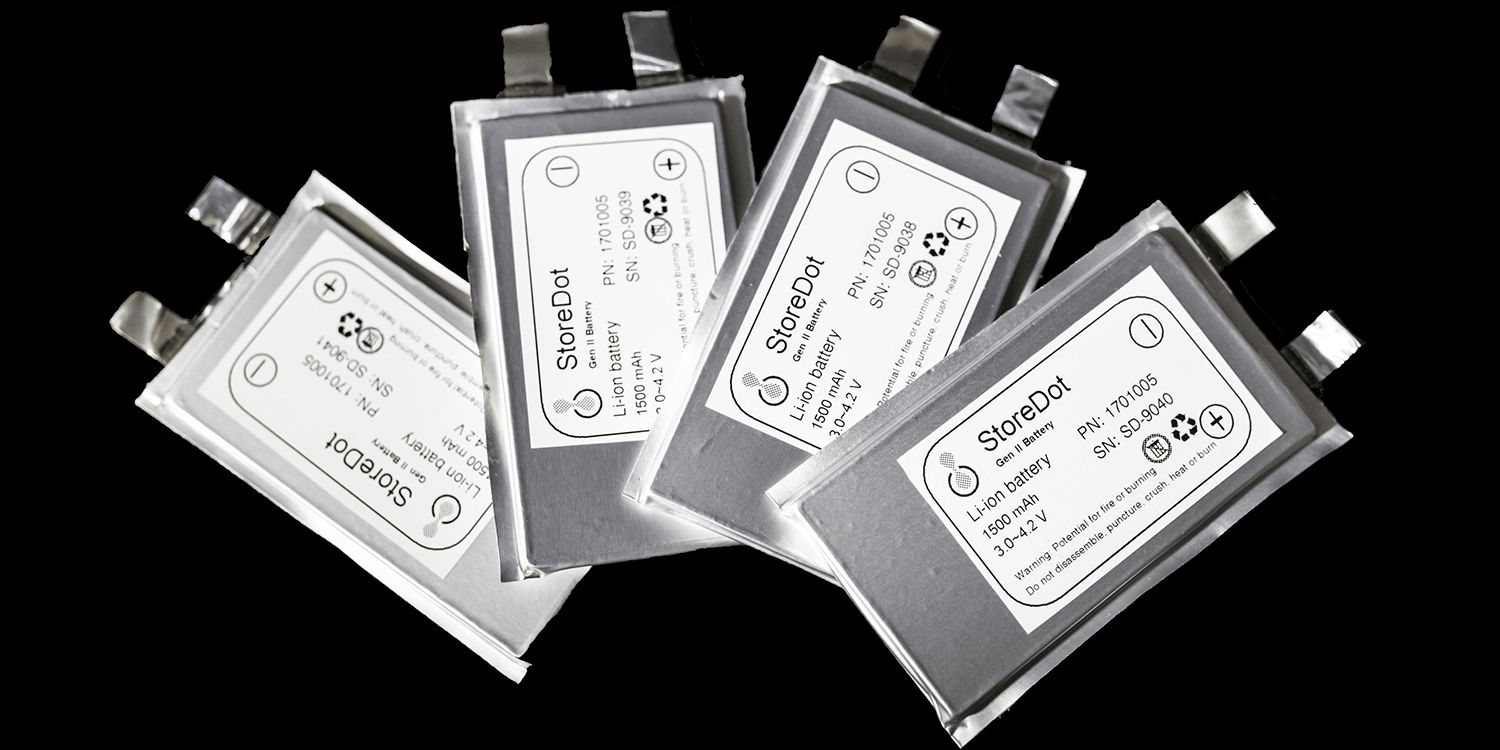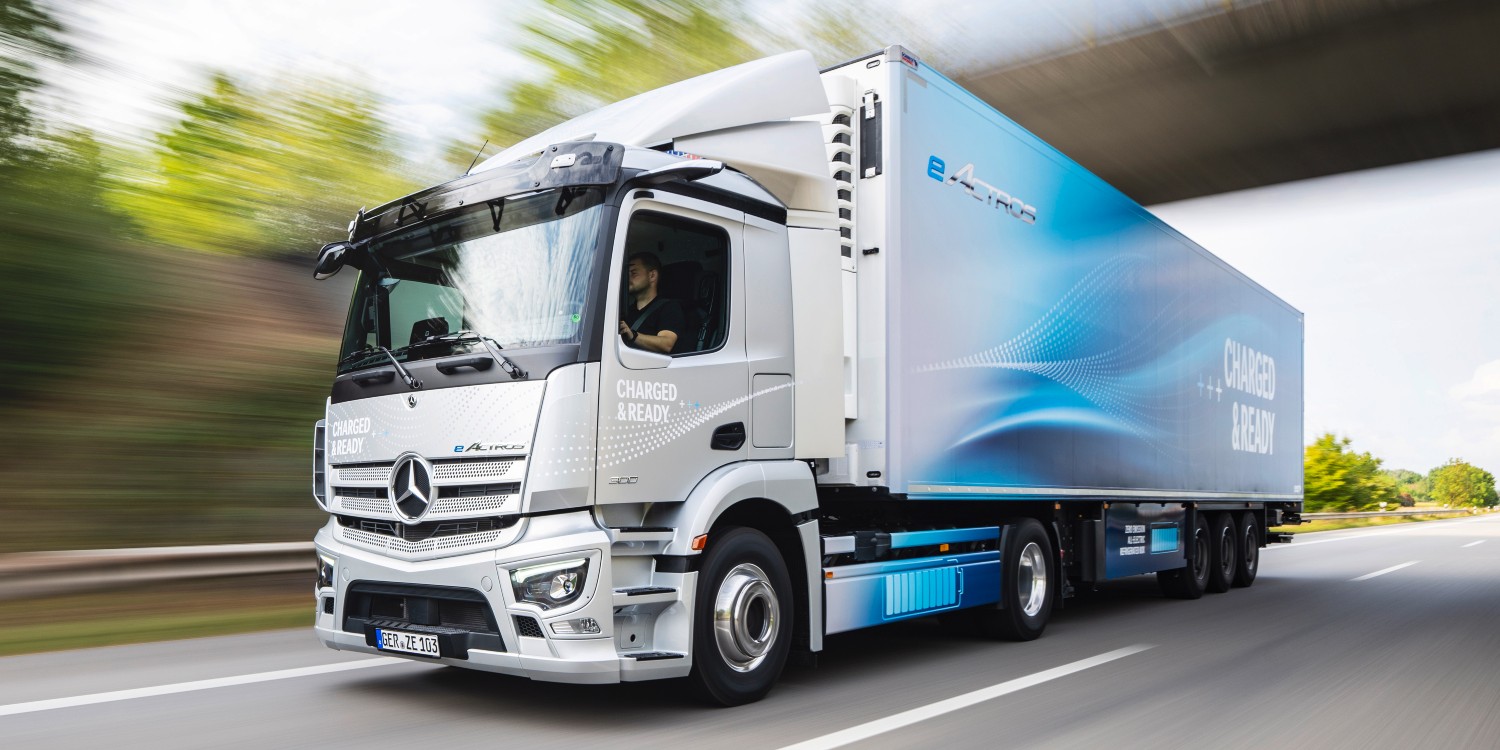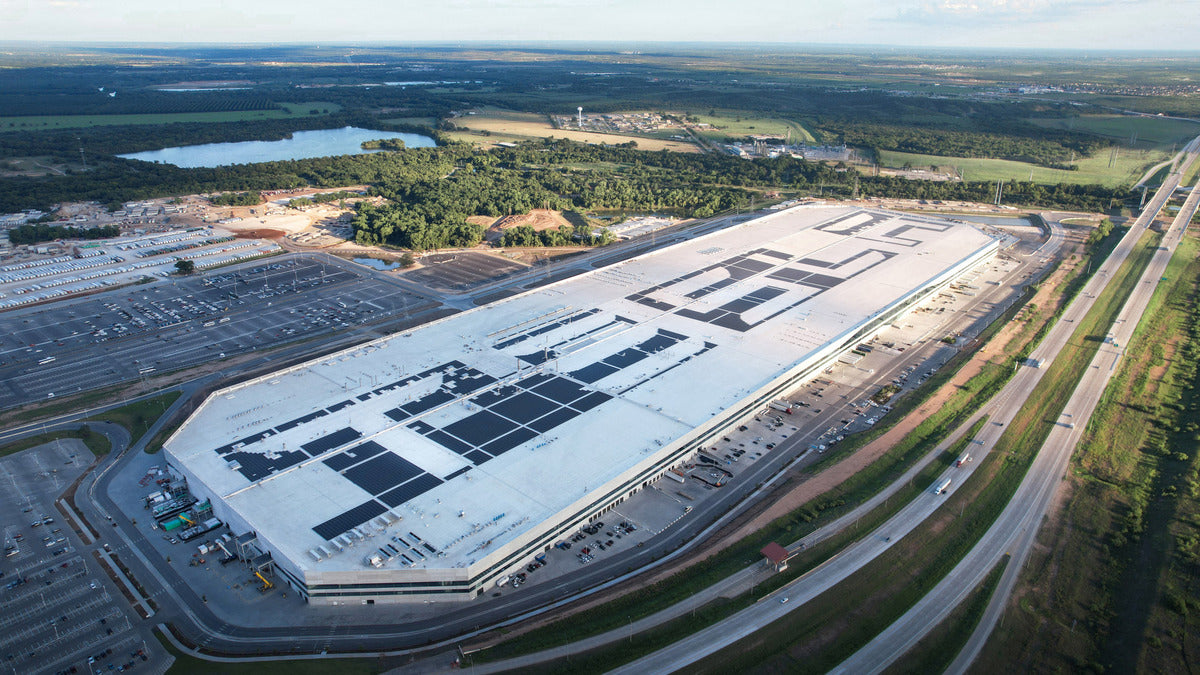According to a recent study by Juniper Research, the number of connected vehicles in service is expected to surge by 91% over the next four years, reaching 367 million globally by 2027. This growth is driven by the rapid advancement of Advanced Driver Assistance Systems (ADAS) and the expanding capabilities of in-vehicle infotainment systems. The study also cites 5G’s high speed and low-latency capabilities as a transformative force behind these goals, and highlights the importance of effective collaborations between automotive OEMs and operators to achieve them.
Connected vehicles are equipped with advanced communication technologies that enable the exchange of information between the various components of the transport system and third-party services. The study also finds that operators play a crucial role in unlocking new use cases, such as autonomous driving and data-heavy infotainment through 5G, representing a $3.6 billion opportunity for providing 5G connectivity enablement globally by 2027.
5G can allow automotive OEMs to upgrade the in-vehicle experience. In a vehicle market transitioning to electric vehicles, improving the user experience is key. Operators hold the critical role in enabling this in a reliable way, making them the partners of choice as their 5G networks rapidly expand.
—Research co-author Nick Maynard
According to the research, by 2027, commercial vehicles will make up only a small portion of the total connected vehicles worldwide, at 20%. This represents a slight increase from the current level of 16% by the end of 2023. The study found that commercial vehicles have not yet fully leveraged the capabilities of connectivity beyond basic emergency call features and connected infotainment systems. However, this trend is changing as businesses are increasingly prioritizing tracking and logistics capabilities.
In light of this, the research recommends that automotive OEMs focus on integrating common fleet tracking systems into their vehicles at the time of manufacture, to fully realize the benefits of connectivity and allow commercial fleet owners to optimize their operations for efficiency.







